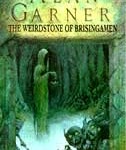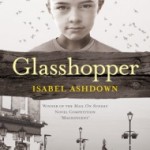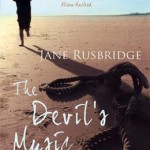First off, I suspect it’s down to how much dialogue says about your characters’ backgrounds . I am scared of consistently getting the register right – the best range of words for the character’s age, social class and period. I am nervous of expressing regional identity – how do I handle my own dialect without coming across all clogs-and-shawls? I need lessons from David Almond. I’d also love to make my characters so distinct in the way they talk that the reader immediately knows who’s talking .
Secondly there’s the question of subtext. How much should the dialogue reveal what my characters feel? How do I do that without being trite or full of improbable psychobabble? On the other hand I know it’s good when the underlying emotion is at variance with the spoken word. Then I worry about how to reveal the hidden feelings without confusing the reader. Complex stuff.
A third area of concern to me is the sheer logistics. How to orchestrate a duologue seems OK, though there can be status reversal, but including more people gets tricky. It’s like maths with ‘perm any three’. Just how many lines of communication can I cope with?
Finally, though I doubt it’s the last word in anxiety, the technical stuff. I can get all in a tizzy about attributions: how much is too much? What about adverbs? They can be deadly – or revealing. Likewise with business – what do people really do when they’re talking?
In short the only way I’ve found is to write it. And then act it out. And the cringe.
How about you?


























